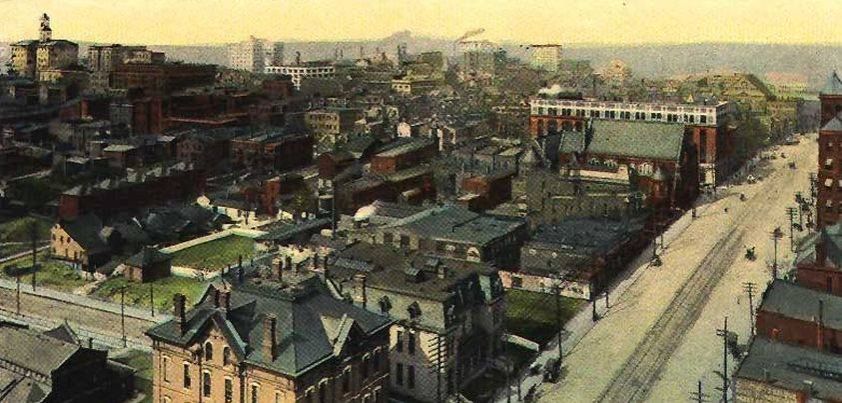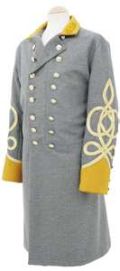 O. Henry wrote over 600 short stories, of which some critics consider this to be one of the best. The plot involves what happens between the unnamed narrator, three main characters, and a torn dollar bill that keeps coming back to its original owner. The characters: Azalea Adair, a self-educated, gentle lady of the old South; Major Caswell, a cruel husband who treats her badly; and Uncle Caesar, a kind African-American man with a royal bearing who tries to help Azalea. Themes include: pretense, pride, change, domestic violence, loyalty, self-learning and the power of imagination.
O. Henry wrote over 600 short stories, of which some critics consider this to be one of the best. The plot involves what happens between the unnamed narrator, three main characters, and a torn dollar bill that keeps coming back to its original owner. The characters: Azalea Adair, a self-educated, gentle lady of the old South; Major Caswell, a cruel husband who treats her badly; and Uncle Caesar, a kind African-American man with a royal bearing who tries to help Azalea. Themes include: pretense, pride, change, domestic violence, loyalty, self-learning and the power of imagination.
A Municipal Report Text / PDF / Audio (6,050 words)
The story takes place in Nashville, Tennessee in the late 1880s. It is told in the form of a report by a man who came to Nashville on business but whose name we never learn. He changes a number of times from talking about what happened to him in Nashville (the main story) to describing the city in general as if he was writing a guide book. The narrator says many times that Nashville is a quiet, boring city. An interesting feature of the story is how O. Henry uses his description of the weather (he mentions at several key points that it is raining lightly) to emphasize his opinion that there is nothing exciting or interesting to see or do in the town.
The narrator tells us that the face of one of the main characters, Uncle Caesar, reminds him of King Cettiwayo (Cetshwayo), the famous Zulu chief. In the early stages of the story the narrator uses the racial descriptor “negro” to refer to Caesar. As the the story develops and O. Henry begins to humanize the old man, the narrator assigns Caesar the nickname “King Cettiwayo” and begins to refer to him as such.
 An important part of the story is an old coat worn by Uncle Caesar. It is described as once having been the military coat of an officer in the Southern Army at the time of the American Civil War. A normal southern officer’s coat would have looked like the picture on the left, but the one described in the story is much fancier with many tassels. This is probably because southern officers in high positions could have their uniforms tailor-made in almost any style they wished. The description goes on to say that the coat was once gray but now is of many colors and in very poor condition. This is not surprising, as the story takes place around twenty years after the end of the war.
An important part of the story is an old coat worn by Uncle Caesar. It is described as once having been the military coat of an officer in the Southern Army at the time of the American Civil War. A normal southern officer’s coat would have looked like the picture on the left, but the one described in the story is much fancier with many tassels. This is probably because southern officers in high positions could have their uniforms tailor-made in almost any style they wished. The description goes on to say that the coat was once gray but now is of many colors and in very poor condition. This is not surprising, as the story takes place around twenty years after the end of the war.
A feature of O. Henry’s stories is that there is often a surprise ending. Sometimes, the ending or final result may not be as it first appears and readers need to think about the information they are given to understand what really happened. At the end of A Municipal Report you will read that some people in the story say that one of the main characters was killed for his money by a group of thieves. Can you see any reason why this might not be true?